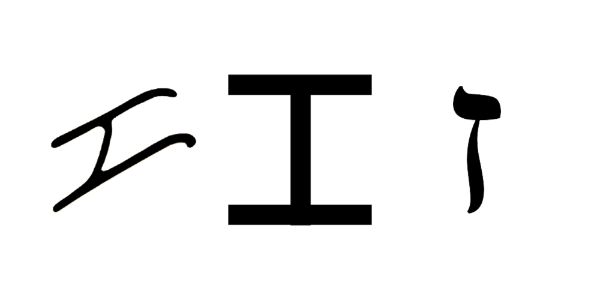« Back to Glossary Index
Categories: Divine
Synonyms:
𐤉𐤄𐤉𐤔𐤉𐤏, yahayašayaā
The word Yahayashayaā (𐤉𐤄𐤉𐤔𐤉𐤏) means “Yahayah is salvation” and is the third-person name of the Messiah.
Potentially written as Yahayashayagh (pronounced: yaw-yasha-yagh).
Extended Study for 𐤉𐤄𐤉𐤔𐤉𐤏 (yahayashayaā)
To read the study guide entry that elaborates on 𐤉𐤄𐤉𐤔𐤉𐤏 (yahayashayaā) then join our Extended Study Membership at https://www.paleohebrewdictionary.org/extended or use phdict.org/extended to share a short link with others.





